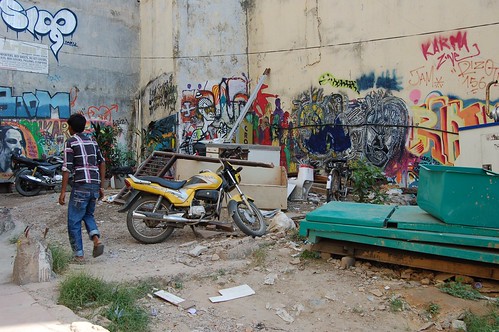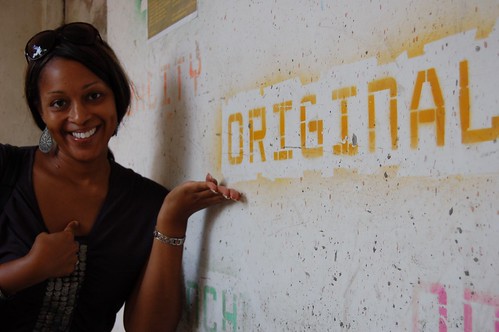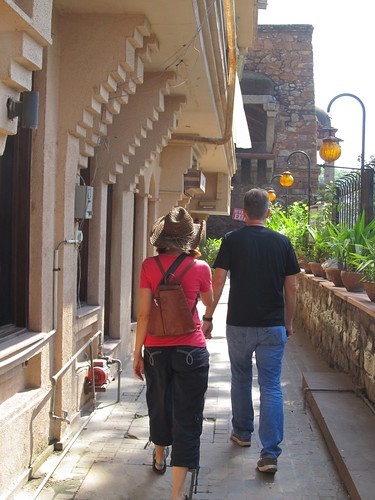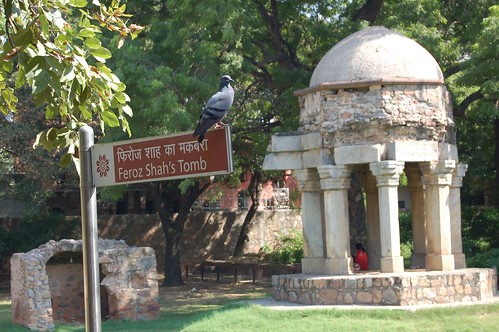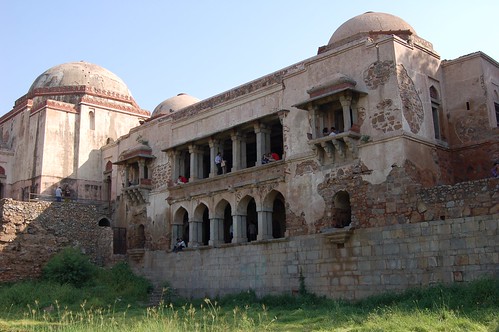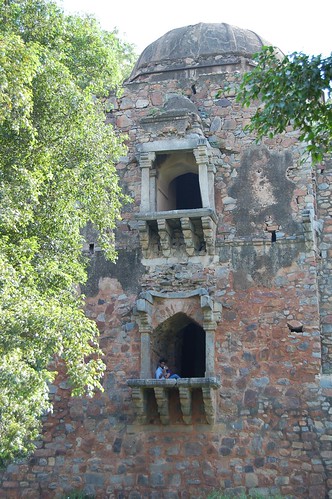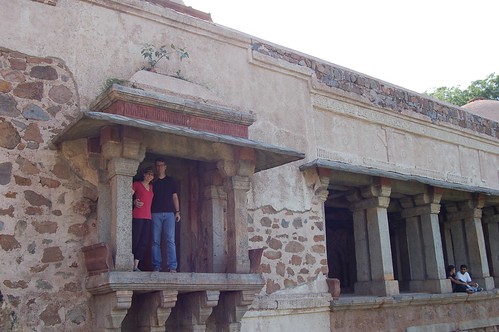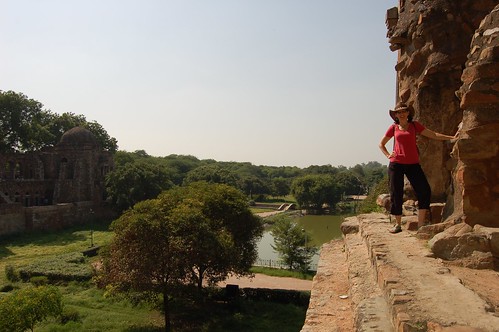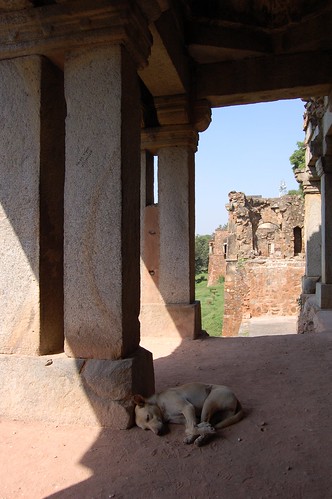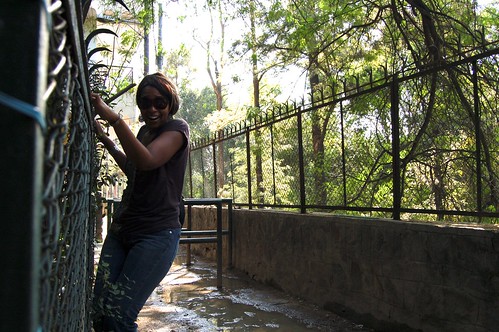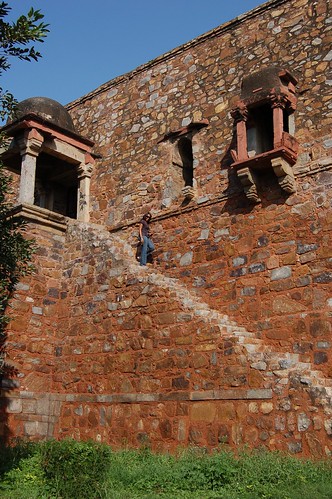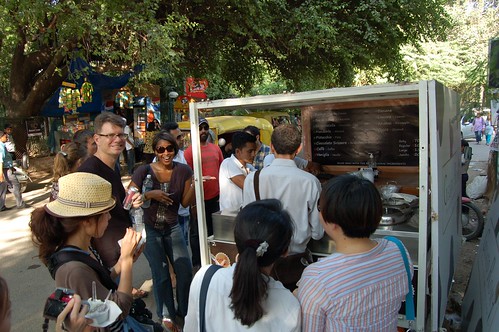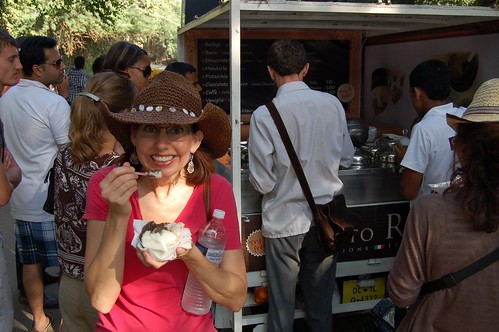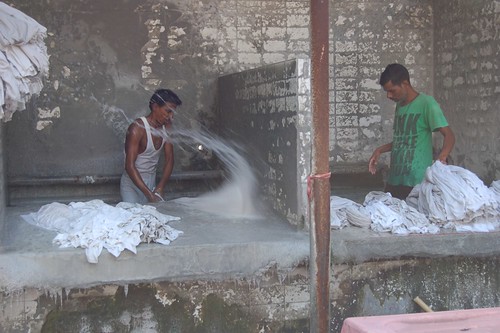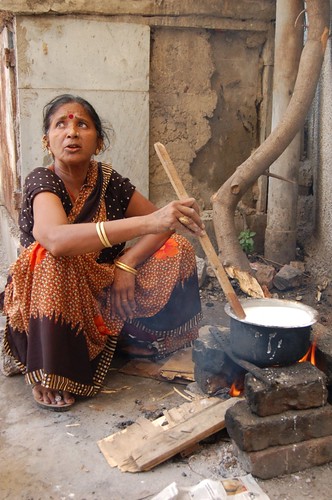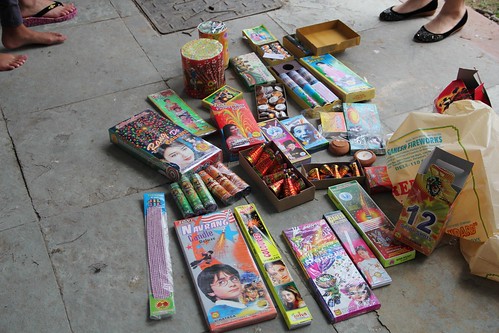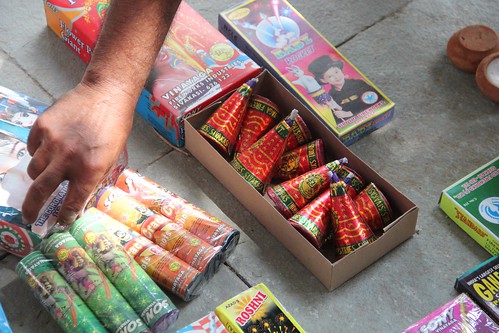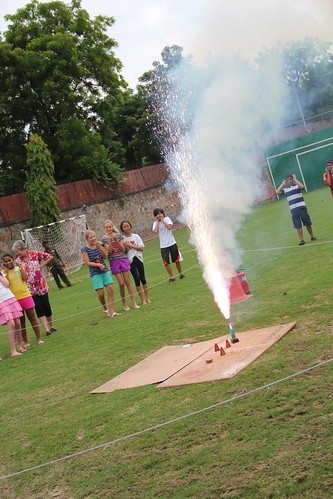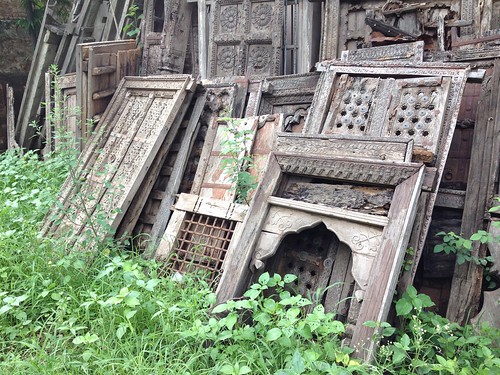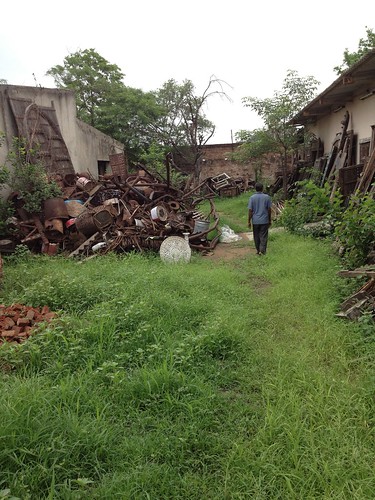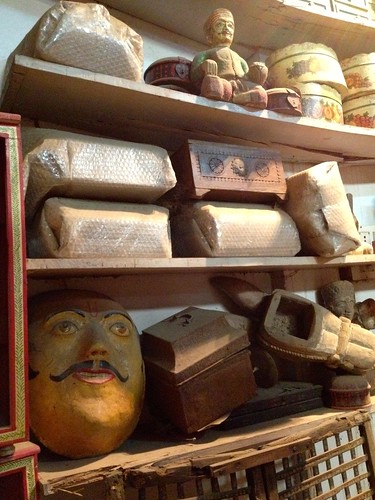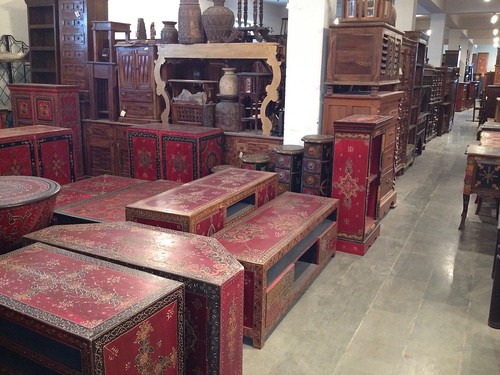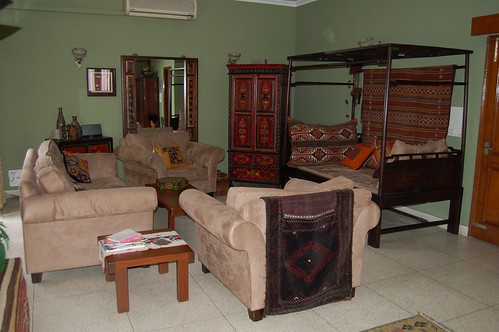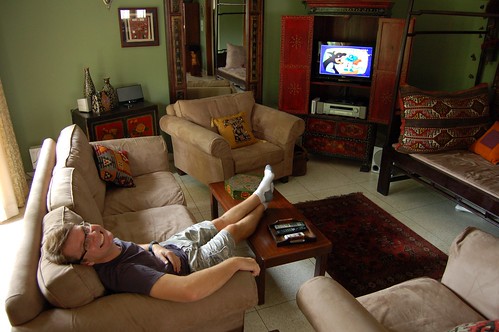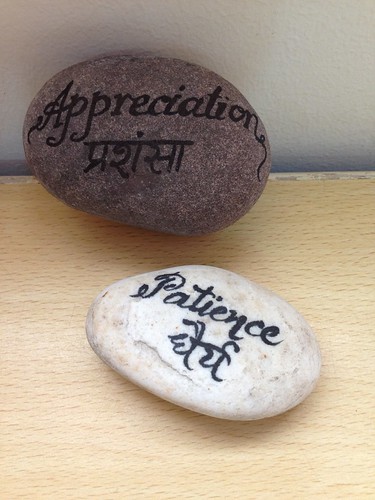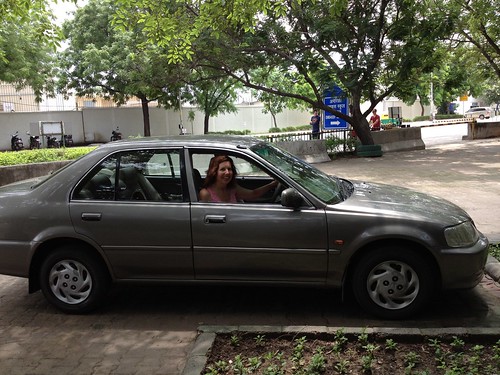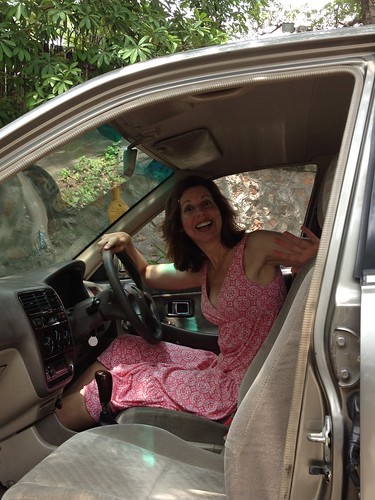In an unprecedented splurge, Tony and I celebrated our 20th wedding anniversary this weekend with two nights at the Imperial Hotel in New Delhi. We relaxed, soaked up the decadence, and ate and ate and ate. I actually gained two kilos in two days.
The hotel brought a little cake to our room, but I never even took a bite. There were too many other yummy temptations!
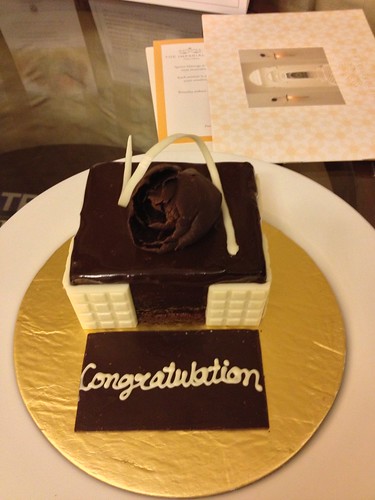
Friday night, we dined at Spice Route. It was named one one of the top 10 restaurants in the world by Condé Nast Traveler. All I know is the meal ranks among the top 10 in my life. Here’s the description from the hotel’s website. I really couldn’t say it any better:
Heralded as one of the top ten restaurants in the world by Condé Nast Traveler, The Spice Route is poetry in design. The renowned restaurant mesmerizes all your senses enrapturing you with its sensuous exotica. Designed by Rajeev Sethi, the celebrated cultural czar of India, The Spice Route reflects the journey of spices from the Malabar Coast in Kerala through Sri Lanka, Myanmar, Malaysia, and Indonesia to Thailand and Vietnam. The restaurant is an overwhelming visual depiction of the art and culture that travelled with the spices through these regions, presented in a folk, religious and cultural fantasy of the Orient. The Restaurant, that was seven years in the making, is completely hand painted with vegetable and flower dyes by mural painters brought in especially from a temple in Guruvayur in Kerala with a tradition dating back to 3000 years. Designed on the principles of Feng Shui, The Spice Route is a treasure trove of antiques and is divided into nine different sections, each depicting part of the journey of life. Besides the stunning décor, The Spice Route boasts a menu that ensnares the taste buds of a seasoned food connoisseur. The Spice Route Courtyard transports the guests to the wonderful world of Southeast Asia. Adorned with traditional Thai sculptures from the Chiang Mai region in northern Thailand, the Courtyard is a visual spectacle. A picture perfect water body with floating candles and thoughtfully strewn petals forms the center of the Courtyard. The far end of the pavilion has traditional Khantok seating for six under an Oriental pagoda.
I tried to take photos, but it was too dark. This photo is from the hotel’s website.

Here’s a pic of the set menu we enjoyed. Can you spot the typo? Doh!

On Saturday, we gorged at the stunning buffet breakfast. I was still so full from our late dinner that I couldn’t fully take advantage of all the delicacies on display. I skipped the fresh bread, soft cheeses and thinly sliced meats altogether! That’s not like me. To avoid a repeat of this poor performance, we planned our day accordingly. No lunch. Late afternoon high tea. No dinner.
In a vain attempt to burn some calories, we went for a walk around the neighborhood and stumbled on the Jantar Mantar. The name rang a bell, but I had no idea it was a collection of structures used as astronomy instruments in the 1700s. So fascinating! Right in the heart of the city. I love this kind of stuff.
Here’s the scoop on Jantar Mantar from the website Delhi Capital.
Jantar Mantar is also called Delhi Observatory. It is maintained by the Jaipur government because it was built by Maharaja Sawai Jai Singh II of Jaipur (in 1727). It is a remarkable structure which consists of fourteen geometric devices used for measuring time, forecasting weather changes, predicting behaviour of planets and finding extraterrestrial altitude. All these devices are fixed structures and point to a specific direction. The largest device or instrument is the Samrat Jantar which is 90 feet high and its shadow is plotted in such a manner so that is shows the exact time of the day. Any weather change or the onset of monsoons can be ascertained by the Hindu Chhatri, which is a small domed structure. The whole structure is made of stone and marble with each of then having an engraved astronomical scale. Jantar Mantar finally got the status of a national monument in 1948. It has always attracted architects, historians and scientists from all over the world. Maharaja Jai Singh was a fanatical astronomer himself who studied various works from Hindu, Muslim and European astronomy. He had the perception that the tables used by the pundits were deceptive and the actual planetary changes and predictions of eclipses would not have been possible through these measuring parameters. So he thought that he would find an improved and efficient means through which exact prediction could be made. It was his own inspiration and foresightedness that gave shape to such an instrument. He built other observatories at Jaipur, Ujjain, Benares and Mathura to have an exact calculation. It took almost seven years before the whole structure was fully operational because he wanted to be fully satisfied with the accuracy of the instruments at Jantar Mantar.
I also found an interesting pdf compiled by a Cornell University professor. You can link to it here.
I had to skip out for a few hours and snap back to reality: Middle School play practice. I’m one of the make-up crew coordinators, so I drove to school, did my part, and then zipped back to the Imperial, where the formally clad doorman with a handlebar mustache greeted me: “Welcome home, madam.” I wish.
Delhi’s temperatures continue to climb into the mid-90s, so Tony and I took a refreshing dip in the expansive blue-tiled pool. Lounging in the shade, we watched weary tourists climb out of their buses to snap photos of our historic hotel, making us feel even more grateful for the opportunity to stay there.
High tea was a highlight of the weekend. Sunlight flooded the hotel’s atrium, where we sat on wicker chairs with thick orange cushions and sipped sea from fine china. Elegant white vases with a single bird-of-paradise graced each table. The buffet featured mini muffins, scones with jam and clotted cream and typical teatime treats, but we also loaded up our plates with goat cheese samosas, bruschetta with prosciutto ham and artichoke hearts, mini sandwiches with chorizo, and other savories.
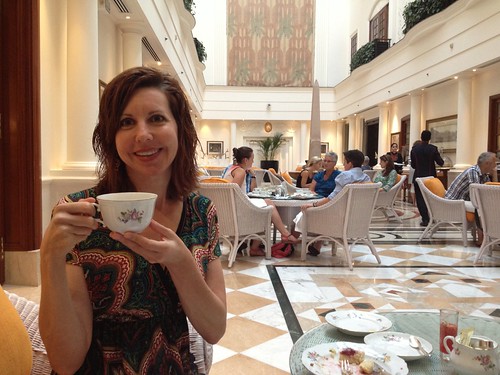
Sunday morning’s breakfast buffet was bittersweet. We lingered as long as we could, but there was no denying the end of our fairytale weekend. Lately we’ve spent a lot of time pondering our 20-plus years together and marveling at all we have done and seen. Sometimes we start to reminisce about an adventure and it takes both our memories to fully reconstruct the experience. There have been countless ridiculous inside jokes, so much laughter, but also tears as we have leaned on each other in times of unfathomable heartache. Our travels have brought us closer together and oftentimes pushed us apart, but we always find our way home. I treasure our history together, and I happily add this Imperial weekend to my scrapbook of memories.

